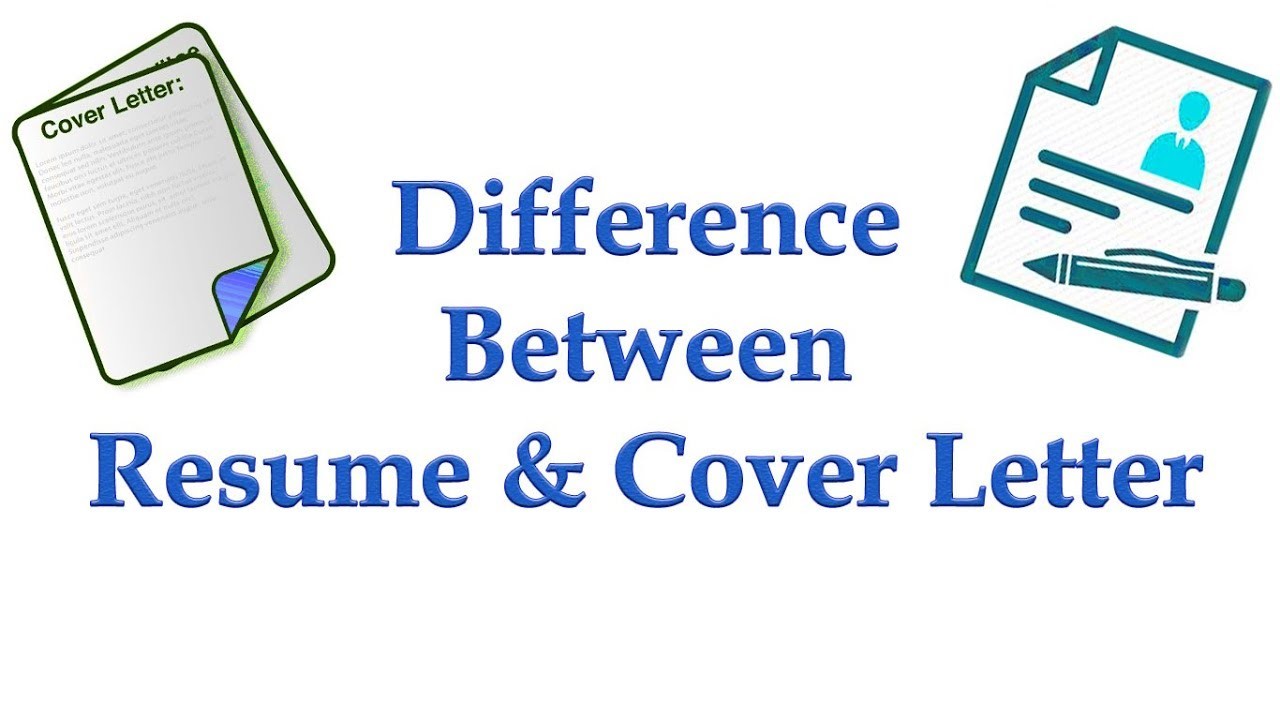
What’s the difference between a cover letter and a resume?
A resume is truthful and short. Consider it a summary of your professional talents and expertise. In contrast, a cover letter goes into greater detail. It allows you to explain companies why you are the ideal candidate for the job. Your cover letter complements your CV by adding color and personality.
What Is a Resume?
A resume is a formal summary of your work experience, education, and talents organized into categories. It presents your job history in a systematic manner and gives the recruiter important information about your professional past. It is typically one to two pages long and should be designed for a specific job position.
What should a resume include?
- Contact information
- Career summary or career objective
- Work experience section
- Education section
- Skills
- Extra resume sections (courses, publications, certificates, conferences, languages, etc.)
The goal of a resume is to present you as a job candidate in an itemized, short, and informative way. All resume sections have to be labelled with clear and professional headings.
As a whole, the document should follow the rules of a chosen resume format (usually the reverse-chronological one) and stick to the resume length standards.
Read this guide to learn how to write a resume that sells better than Amazon: How to Make a Resume for a Job
Or, cut to the chase and find a resume for your profession here: 99+ Resume Examples for Every Profession
What is a Cover Letter?
A cover letter is a professional letter that you submit to a potential employer to present yourself as a candidate. It provides further professional information about you and explains to the recruiter why you are applying for the position. Resume cover pages should not duplicate the content of resumes. Their purpose is to complement them.
What should a cover letter include?
- Professional cover letter heading
- Proper cover letter address section
- Proper salutation
- Compelling cover letter introduction
- Reasons you chose to apply to this company
- Your offer and a strong closing statement
- Optionally, a postscript to hook their attention once more
Just like resumes, cover letters follow specific formatting rules and have their own length limitations.
Here’s how to tell your story in a cover letter: How to Write a Job-Winning Cover Letter
Also, look up examples for your profession in our collection of Professional Cover Letter Examples
Cover Letter vs. Resume vs. CV—The Differences
There are three types of differences between cover letters and resumes:
Cover Letters and Resumes Have a Different Purpose
To get the difference between a cover letter and a resume, you need to understand the functions they have:
- Resume summarizes your work history and qualifications. It gives the hiring manager an overview of your “professional self.”
- Cover letter sells your qualifications. It’s supposed to provide the recruiter with the answers to why and how questions (Why do you want to work for this company and no other? How can you contribute?)
Cover Letters and Resumes Have a Different Format
Resumes and cover letters have different formats and formatting rules:
- A resume is a document divided into specific sections. It shows information in the form of bullet points.
- A cover letter consists of 3 or 4 paragraphs of text, divided into an opening, body, and closing. You can also add a “PS” line below your signature at the bottom.
Cover Letters and Resumes Have a Different Tone
Resumes are more formal in tone than cover letters. That’s why we always recommend writing resumes in the third person. Instead of writing “I managed a group of 20 people,” we suggest you opt for “managed a group of 20 people.”
A cover letter is your own professional story written in the first person. Hence, using “I” in a cover letter is recommended and expected.
CV vs. Resume vs. Cover Letter
A CV (or Curriculum Vitae, from Latin) is the equivalent of a resume in Europe—and globally, in Academia. However, in each of these contexts, CVs follow different formats. Read more about CV formats in Europe here and compare them with academic CVs here.
What’s the problem?
People tend to confuse cover letters with CVs. The truth is Europeans often use the terms resume and CV interchangeably, so if you’re applying for a job in Europe and are asked for a CV, it means you should submit a resume not a cover letter.
Now that you know the difference between a cover letter and a resume (and a CV), let’s see how they work side by side.
Your resume is an outline for your cover letter story.
In your resume, you list the critical aspects of your professional experience. In a cover letter, you describe them.
Cover letters complement resumes.
They give candidates a chance to elaborate on the basics that the resume covers and explain things only mentioned there.
So, treat your cover letter as a chance to tell the recruiter something more about yourself and reiterate your value as a candidate
Prepare your resume first. Then, to write a great cover letter, ask yourself:
- Why did you apply to this company?
- What is your motivation to work with them?
- How can your work experience and professional skills contribute to the company’s needs?
- Do you share similar values?
Key Takeaway
Here’s a quick recap of all you need to know about the differences between a cover letter and a resume:
- A resume is an account of your career history in the form of bullet points, divided into sections.
- A cover letter gives the recruiter a more in-depth insight into your work history in the form of a letter.
- Resumes list qualifications—cover letters describe them.
- A resume is a formalized document; a cover letter has a more personal touch.
- Cover letters complement resumes and are still expected by most hiring managers.
